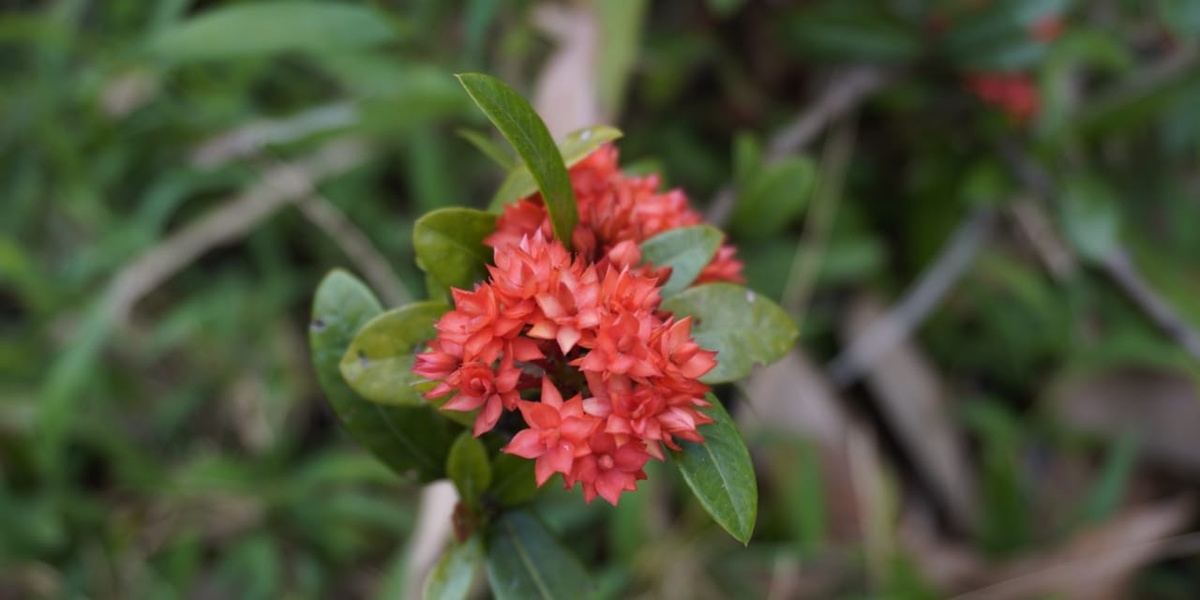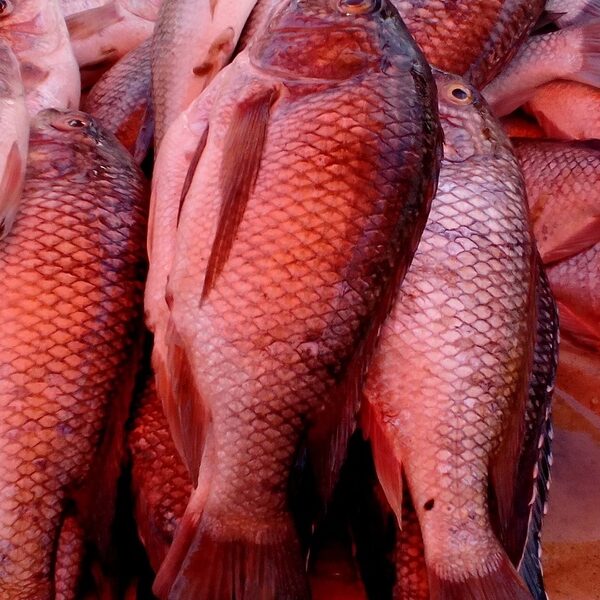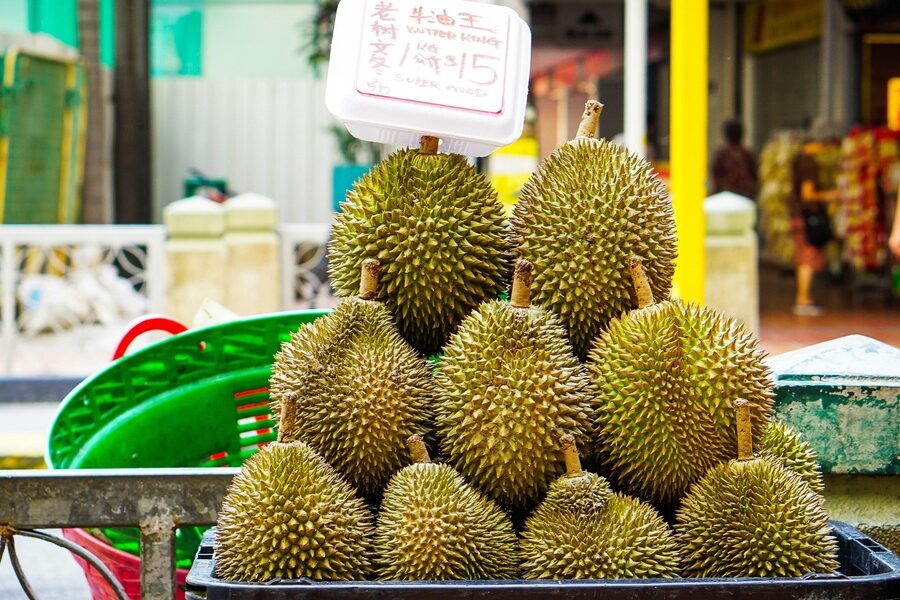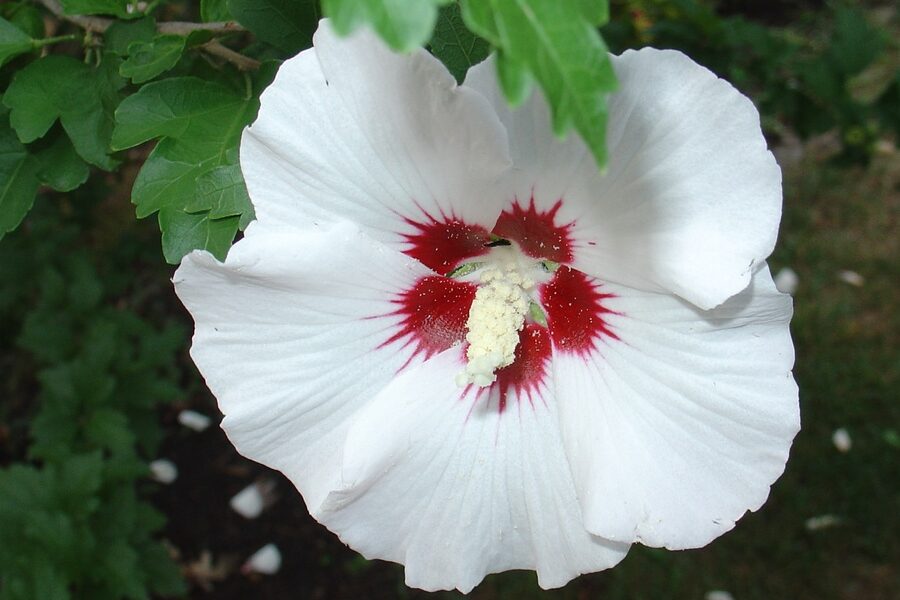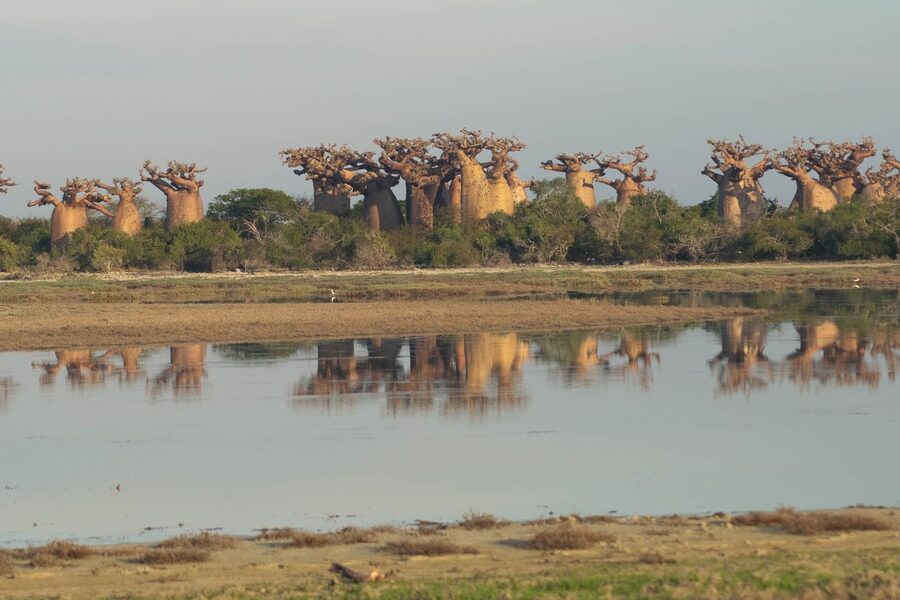There’s a special charm in a splash of vibrant color in any garden or landscape. Red, in particular, often symbolizes passion and energy, drawing the eye and adding warmth to outdoor spaces, even in the smallest of forms.
This curated list celebrates the understated beauty of tiny red flowers, featuring an exact 18 varieties. From the popular Calibrachoa (Million Bells) to the unique Wingpod Purslane, you’ll find a diverse range, each organized by its Scientific Name, Flower Size (cm), and Typical Habitat, all detailed below.
Why might I choose tiny red flowers for my garden?
Tiny red flowers offer a versatile way to add bursts of color without overwhelming a space. They are perfect for container gardens, rockeries, border edging, or creating intricate groundcover, providing visual interest and a sense of depth. Their smaller size also makes them excellent for pairing with other plants, allowing for complex and layered garden designs.
Do tiny red flowers have specific growing requirements?
While specific needs vary by species, many tiny red flowers thrive in full sun and well-drained soil. They often benefit from regular watering, especially during dry spells, but generally don’t require intensive care. Checking the individual plant’s preferences for light, water, and soil conditions will ensure optimal growth and vibrant blooms.
Tiny Red Flowers
| Common Name | Scientific Name | Flower Size (cm) | Typical Habitat |
|---|---|---|---|
| Wax Begonia | Begonia x semperflorens-cultorum | 1.2 | Shade gardens, containers, tropical and subtropical climates |
| Kalanchoe | Kalanchoe blossfeldiana | 1.5 | Indoor houseplant collections, greenhouses, succulent borders |
| Cigar Plant | Cuphea ignea | 1.5 | Warm gardens, containers, edges, subtropical climates |
| Scarlet Pimpernel | Anagallis arvensis | 1.3 | Fields, roadsides, disturbed soils, temperate regions |
| Garden Verbena | Verbena x hybrida | 1.0 | Sunny borders, containers, cottage gardens, pollinator patches |
| Red Lantana | Lantana camara | 1.0 | Tropical and subtropical roadsides, gardens, disturbed sites |
| Coral Bells | Heuchera sanguinea | 0.8 | Woodland edges, rock gardens, mountain meadows in North America |
| Nemesia | Nemesia strumosa | 1.4 | Cool-season bedding, containers, rock gardens, borders |
| Creeping Phlox | Phlox subulata | 1.2 | Rocky slopes, well-drained groundcover sites, temperate rock gardens |
| Trailing Lobelia | Lobelia erinus | 1.0 | Hanging baskets, edging, cool-season bedding plants |
| Wingpod Purslane | Portulaca umbraticola | 1.5 | Sunny, dry soils, rock gardens, containers, warm climates |
| Red Crassula | Crassula coccinea | 0.5 | Rocky slopes, succulent collections, South African native habitats and containers |
| Stonecrop (Red Sedum) | Sedum spurium | 0.8 | Rock gardens, sunny borders, drought-prone groundcover sites |
| Firecracker Plant | Russelia equisetiformis | 1.2 | Patios, warm gardens, containers, subtropical landscapes |
| New Zealand Fuchsia | Fuchsia procumbens | 0.4 | Coastal rock gardens, crevices, New Zealand native habitats and cultivated rockeries |
| Red Oxalis | Oxalis articulata ‘Rubra’ | 1.0 | Lawns, containers, borders, temperate disturbed soils |
| Calibrachoa (Million Bells) | Calibrachoa x hybrida | 1.8 | Hanging baskets, containers, sunny borders |
| Crimson Clover | Trifolium incarnatum | 0.6 | Meadows, cover crops, temperate Mediterranean climates, disturbed fields |
Images and Descriptions
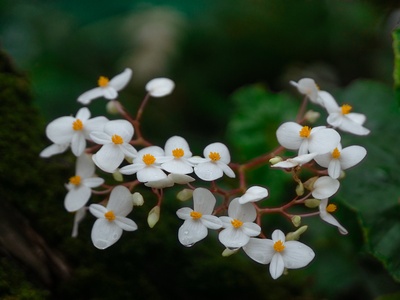
Wax Begonia
Compact bedding plant with glossy leaves and small red single or semi-double blooms. Popular in shady containers and mass plantings, easy to grow and valued for long flowering in low light and humid conditions.
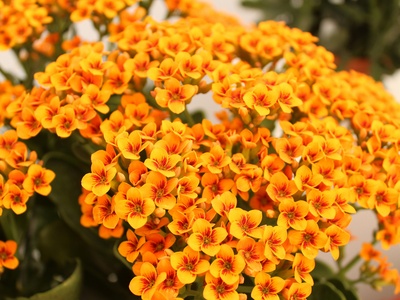
Kalanchoe
Popular succulent houseplant with clusters of tiny, long-lasting red flowers. Blooms indoors in winter when grown bright, valued for easy care and colorful, compact sprays that brighten windowsills and mixed succulent arrangements.
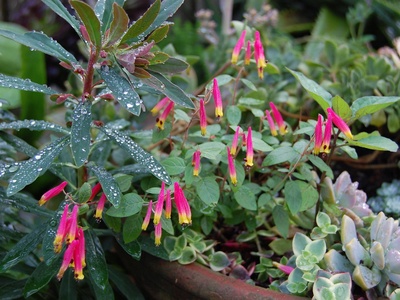
Cigar Plant
Known as the cigar plant for its tubular red blossoms tipped with white, each flower is small and nectar-rich. Attracts hummingbirds, works well in containers or sunny borders and tolerates heat and humidity.
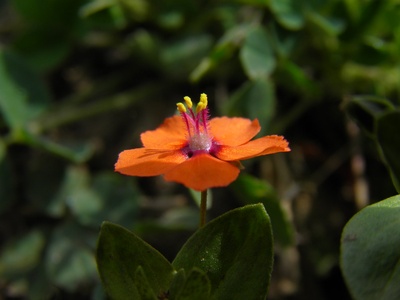
Scarlet Pimpernel
A low-growing wildflower with vivid scarlet-orange blooms roughly 1–1.5 cm across. Common in disturbed ground and lawns, easy to spot and often used in wildflower mixes for early-season color.
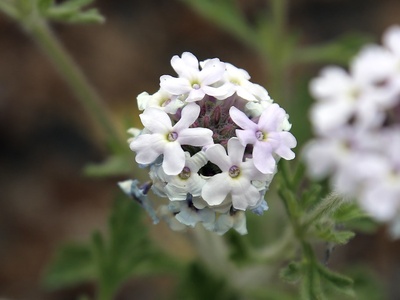
Garden Verbena
Small, delicate florets form airy sheets of color; many cultivars are deep red. Loved by butterflies, verbena makes excellent groundcover or container filler and blooms profusely in sunny, well-drained sites.
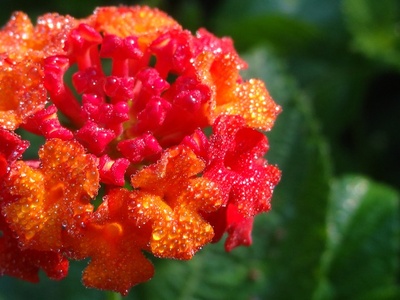
Red Lantana
Individual florets are small and tubular, often arranged in tight umbels; red cultivars give bright splashes of color. Hardy and drought-tolerant, attracts pollinators but can be invasive in warm climates.
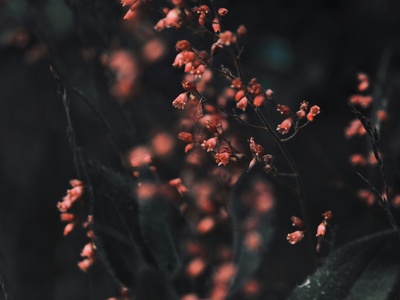
Coral Bells
Delicate, bell-shaped red flowers on wiry stems rise above foliage in spring and summer. Popular in shade gardens and rockeries; excellent for attracting hummingbirds and providing vertical accent without large blooms.
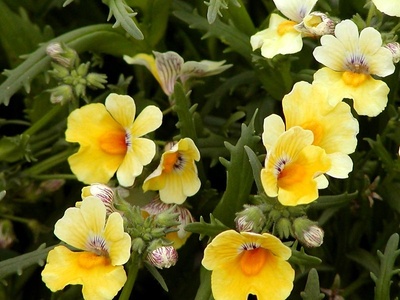
Nemesia
Small, snapdragon-like blooms including rich red varieties, each flower about 1–1.5 cm. Nemesia offers a bright, low-growing display in spring and fall, fragrant forms exist and it performs well in cool, sunny spots.

Creeping Phlox
Low mat-forming plant with abundant tiny star-like flowers in spring. Red cultivars provide carpet-like color on slopes and walls; drought-tolerant once established and great for edging pathways.
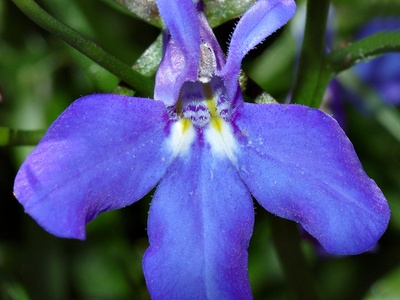
Trailing Lobelia
Tiny tubular blooms often used in mixed baskets and window boxes; some cultivars show rich red shades. Thrives in cool, moist conditions and provides fine texture and continuous color in containers.
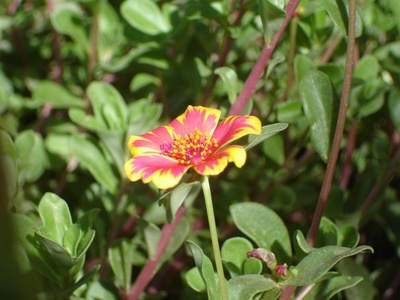
Wingpod Purslane
Low-growing succulent with single red flowers smaller than showy portulacas. Thrives in heat and drought, ideal for groundcover or mixed sunny containers, and closes its blooms on cloudy days.
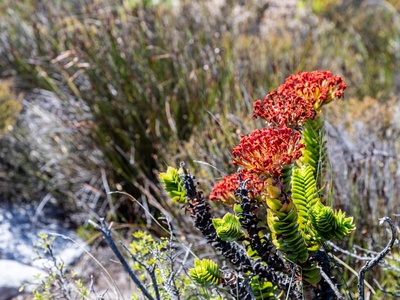
Red Crassula
A small succulent that produces striking tiny red flowers in dense clusters. Favored by collectors for compact habit and bright bloom color; drought-tolerant and easy to grow in sunny, well-drained soil.
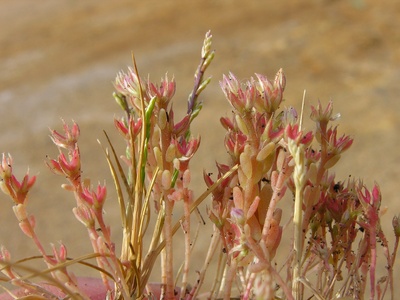
Stonecrop (Red Sedum)
Low mat-forming succulent with tiny rose-red flowers under 1 cm. Excellent for rockeries, green roofs, and low-maintenance borders; attracts pollinators and turns dramatic colors in autumn.
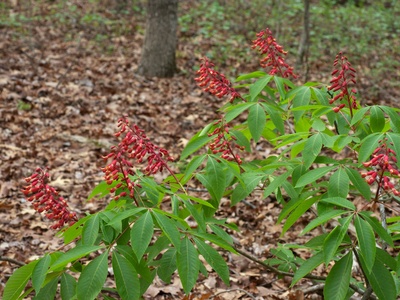
Firecracker Plant
Graceful, fountain-like stems studded with narrow tubular red flowers about 1–1.5 cm long. A hummingbird magnet, excellent in hanging baskets or cascading over walls, tolerant of heat and light drought.
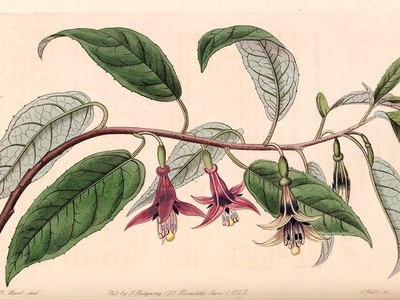
New Zealand Fuchsia
A prostrate fuchsia with tiny coral-red blossoms less than 5 mm across. Unusual among fuchsias for its groundcover habit; prized by collectors and suitable for cool coastal or rock garden settings.
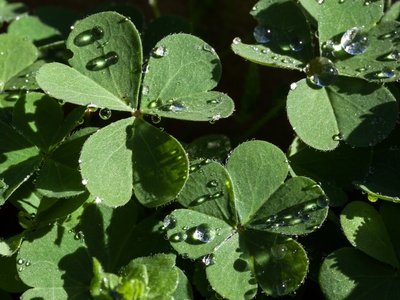
Red Oxalis
Clumping oxalis with rich pink-red flowers about 1 cm wide and trifoliate clover-like foliage. Flowers open in sun, making a cheerful spring display; often used in containers and informal plantings.
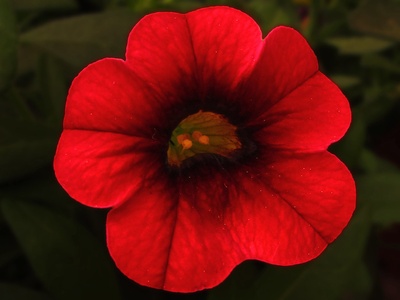
Calibrachoa (Million Bells)
Miniature petunia relatives with many cultivars in red shades; individual blooms commonly under 2 cm. Excellent for trailing containers and mixed baskets, offering nonstop color when deadheaded and fertilized.
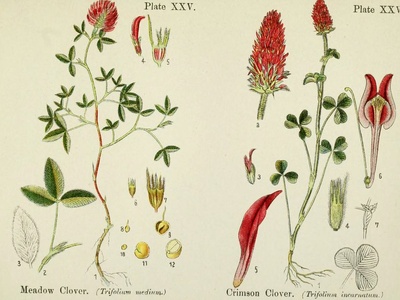
Crimson Clover
Produces dense heads of bright crimson made of many tiny florets under 1 cm each. Widely used as a cover crop and forage, also striking in wildflower mixes and meadow plantings for seasonal color.
